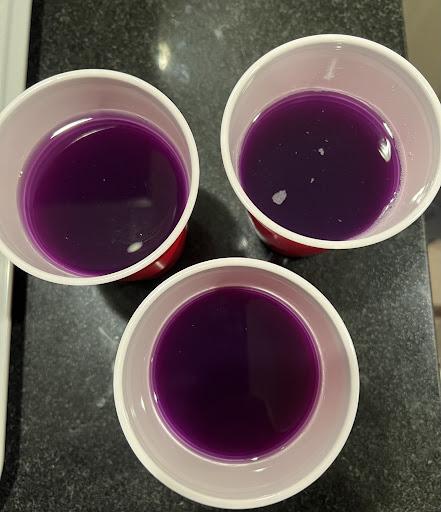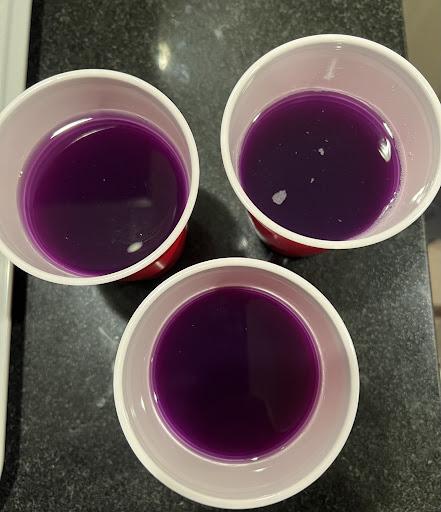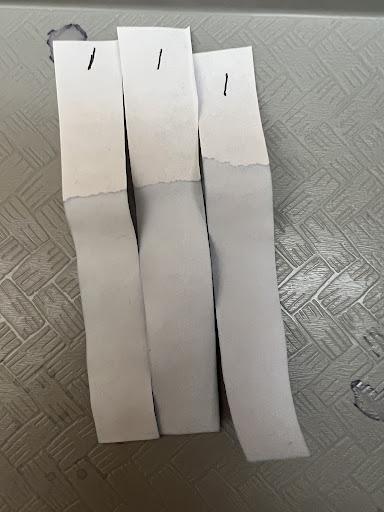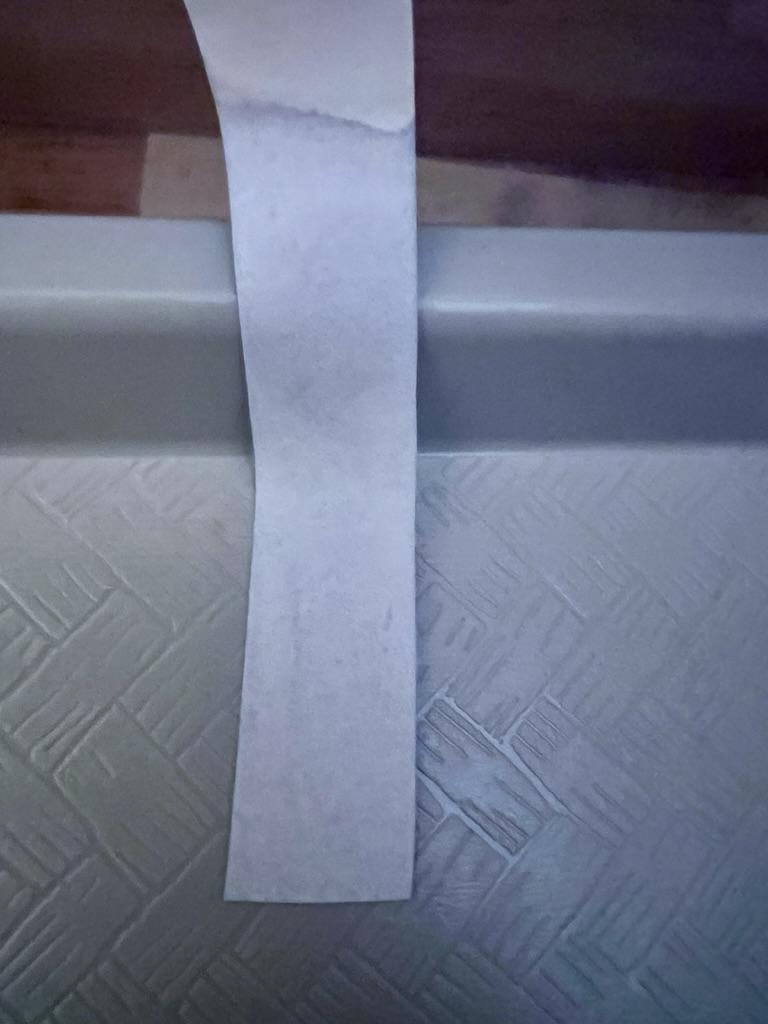PH Testing Strips


Many people wonder about what the pH many household substances are. Also, more and more people are enjoying gardening. Most of those people don't know that unhealthy plants could be caused by incorrect soil pH. For my science fair (presentation included in pdf format below) this year, I have proved a reliable method for making pH testing strips. In this instructable, I will show you how to make and use some extremely simple and reliable pH testing strips.
Downloads
Supplies

- red cabbage
- food processor
- water
- 30 ml isopropyl alcohol (the amount doesn't matter)
- electric stove
- kettle
- printer-sized acid-free paper (cut the sheets into strips)
- three clean large plastic cups
- 2 small cups
- 43 ml sodium bicarbonate dissolved in water
- 43 ml acetic acid without color
- 2-minute sand timer
Prepare the Solution


Chop ¼ of a head of the red cabbage to fine shreds using a knife. Put the shreds into the food processor. Heat the water until boiling with a stove. Pour 400 grams of boiling water into the food processor. Grind the shreds until the solution is a deep-purple color. Let it cool.
Transfer to Cups

Pour the solution through a strainer into a clean large plastic jar. Add 10 ml isopropyl alcohol (the alcohol is the preservative).
Make the Strips

Cut each printer-sized paper into small strips. Dip ¾ of the paper strip into the solution. Soak the strip for 2 minutes (can be timed with a sand timer). Remove the strips of paper from the solution. Let the strips of paper dry in a tray.
Save the Solution

Just transfer the solution to a jar so that you can reuse it next time you need to make more strips.
Test



Test the substance you want to test. The general color you will get will probably be around the color in the graph I attached above. You should, though, test a general acidic substance (like white vinegar) and an alkaline substance (like baking soda (mix into water first)) to get an idea of what color you will get. This strip is only for testing liquid substances. If you are testing soil, make sure that you dig some out into a cup and add enough water so that it turns into a soupy, liquid consistency so that the strip can test it. This is not for testing any substances that can stain the strip (like coffee) because you will not be able to tell whether that color was from the substance or the actual color on your strip. I also attached two images of testing strips that were dipped in a small plastic cup of rainwater. The rainwater is alkaline, based on the color key.
Update 1





I tested three water samples collected from three different locations in my front yard. The pictures of the 3 testing strips are shown above. They are included in the following order: rainwater, roadside water, and tapwater.